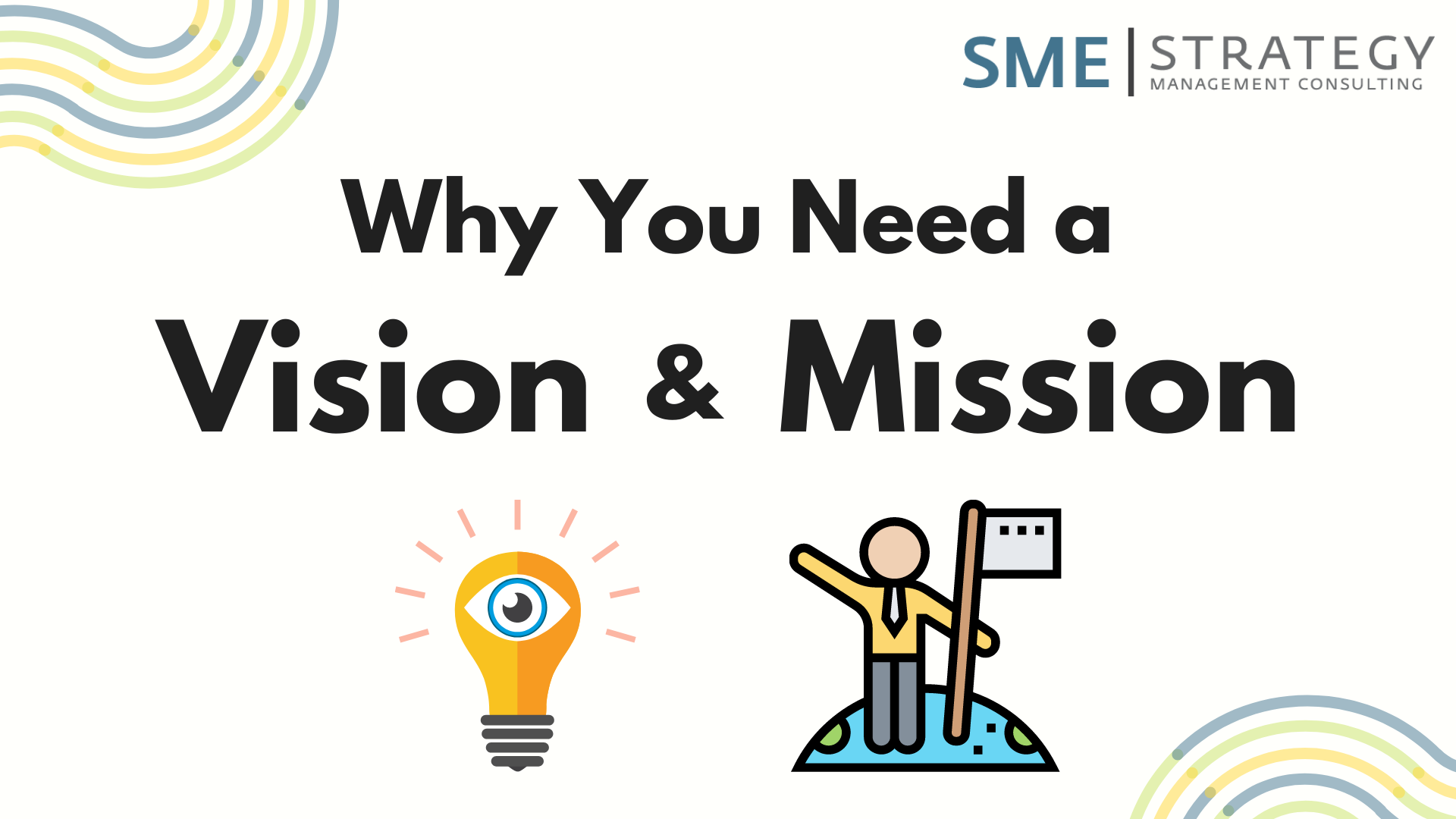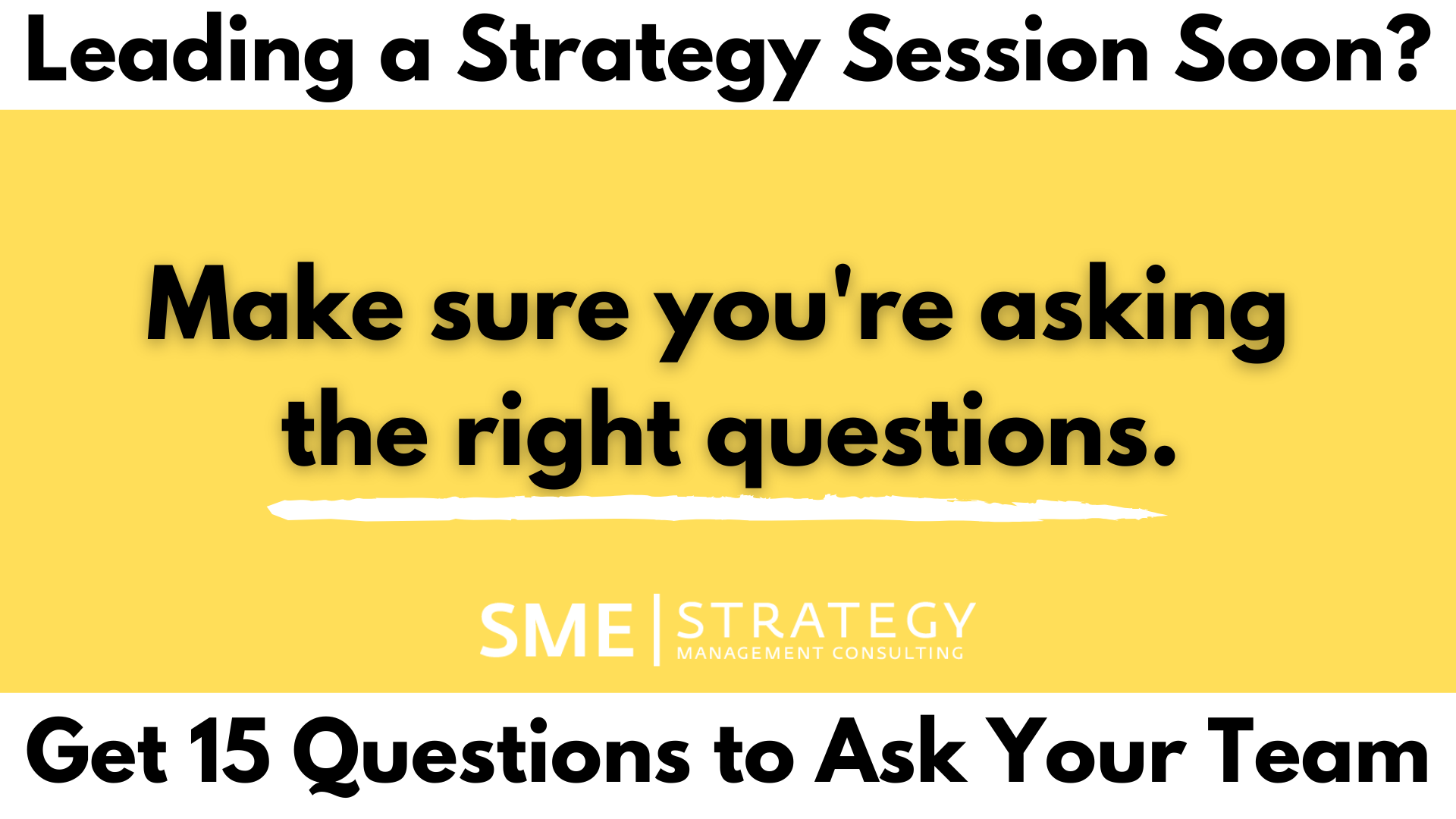
Have you ever wondered:
- What can go wrong if we don’t include our vision and mission as a part of the strategic planning session?
- We already have a long-term vision statement and a mission statement. Do we really need to re-evaluate our vision and mission each time we work through the strategic planning process?
- We have a company vision and mission, but almost nobody is aware of it except the leadership team. How can we communicate them and get everyone bought in?
Have a strategic planning session coming up soon? Make sure you ask your team these 15 questions first:
In short, one of the best ways to address these questions is by working through the strategic planning process with your senior leaders and/or key managers. You can either lead this process yourself, or work with a dedicated strategic planning facilitator to help guide these critical conversations for you and your team.
What are the risks if we don’t develop a strategic plan, or if we choose not to discuss our vision and mission?
Trying to develop an organizational strategic plan without first getting your team aligned on your vision and mission is akin to going on a convoy road trip with 10 groups of people in 10 different cars without agreeing on a final destination. You’d be lucky to have only a vague idea of the direction everyone wants to travel in.
>> Watch: What is a Mission? And Why is it Important?
Trying to align each group after the trip has already started will be much more difficult and time consuming than if an agreement of what a successful trip looks like is made in advance. Chances are that there will be confusion, misunderstandings, disagreements, and individuals leaving the group to take their own trip.
The same is true for strategic planning. Your vision is your organization’s definition of a successful future, and your mission helps outline why you want to get there (your reason for existing), the problems you solve, and who you will serve along the way. By outlining a clear vision of what success looks like, it increases clarity and reduces ambiguity.
When your team is aligned and bought into your vision and mission, your organization will be able to work together to develop the rest of the roadmap to reach your vision and desired future state (with less risk of losing people along the way).
Next Steps:
It’s crucial that each member of the team that is participating in the strategic planning session(s) is involved in this process to increase the likeliness of alignment and buy-in among all participants.
Whether you are leading the strategic planning process yourself or having the session(s) facilitated, think about who will be involved and get them included in the planning process early on.
Learn how a strategic planning facilitator can help you develop alignment & a common vision of success:
Or learn how to create your own strategic plan from scratch with our video course:





